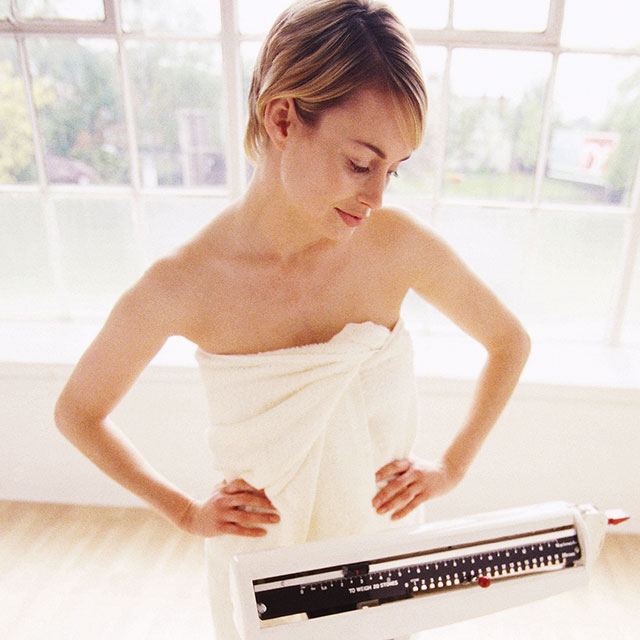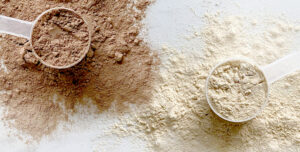The scale can be your friend, or most times, your greatest enemy, even after you’ve committed to a weight loss plan. If you’re relying on a scale alone to gauge how you’re doing with your weight loss plan, you might not be getting the whole story. While you may be losing fat, you’re also likely gaining some muscle, and the scale won’t know the difference, even though you look and feel great. A scale is great, but should not be your lone measuring tool when following your transformation. We examine the other useful techniques that can help you gauge how effective your weight loss plan is.
Tape Measure
Make sure you measure your chest, arms, waist, hips, thighs, and calves. Write down your measurements, and then do the same on a monthly basis to gauge your progress.
Pictures
Try and snap a full-length selfie of yourself on Day 1 of your weight loss plan. Do the same every couple weeks or so to follow your body’s transformation. When you’ve hit your goal, those old pictures will capture your progress and likely remind you of the figure you’d like to avoid going back to. Some feel it’s the most powerful weight loss measuring tool available due to the significant visual impact.
Clothes
Everyone has a piece of clothing they used to love to wear, but just doesn’t fit their body anymore. Pull it out and attempt to try it on when you start your weight loss plan. As your routine progresses, try it on again and notice where you’ve lost some weight. The better it fits, the more effective your weight loss plan is. Eventually you may even be too slimed down for it!
Body Fat Percentage
If you belong to a gym or have a personal trainer, you likely have access to calipers, the device professionals use to measure an individual’s body fat. The calipers are used to pinch specific areas of your skin, giving a reading of that area, that number used in a formula to determine your total body’s fat percentage. This needs to be performed by a professional.
Diary
Keeping a food diary can help you see your eating patterns and can show you where you might be taking in more calories than you should. Include your portion sizes as well as how many grams of protein, carbohydrates, and fat you’re eating at each meal. And if you don’t like this old school method tracking, go to your iPhone, because there’s no doubt an app for that.







